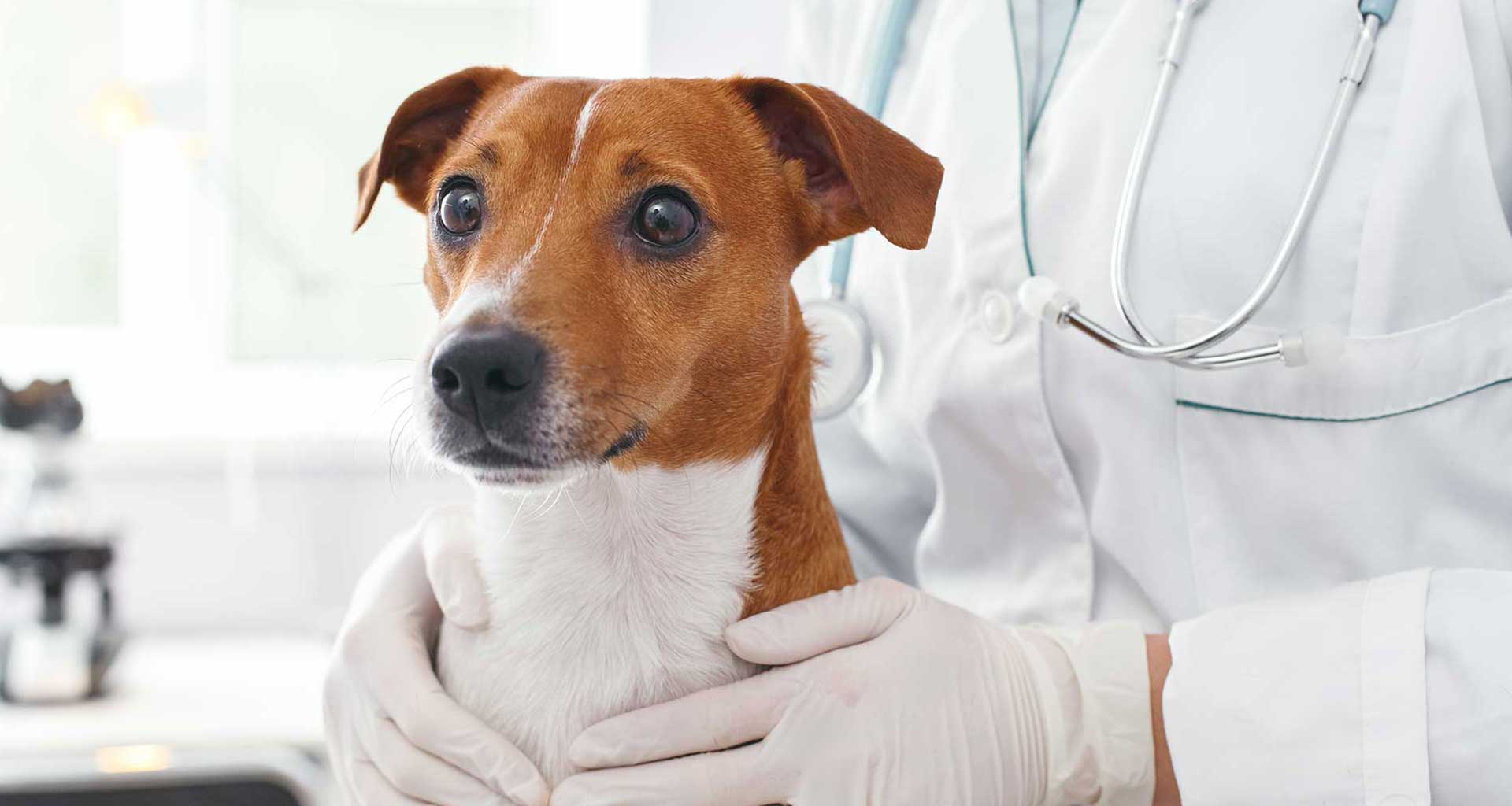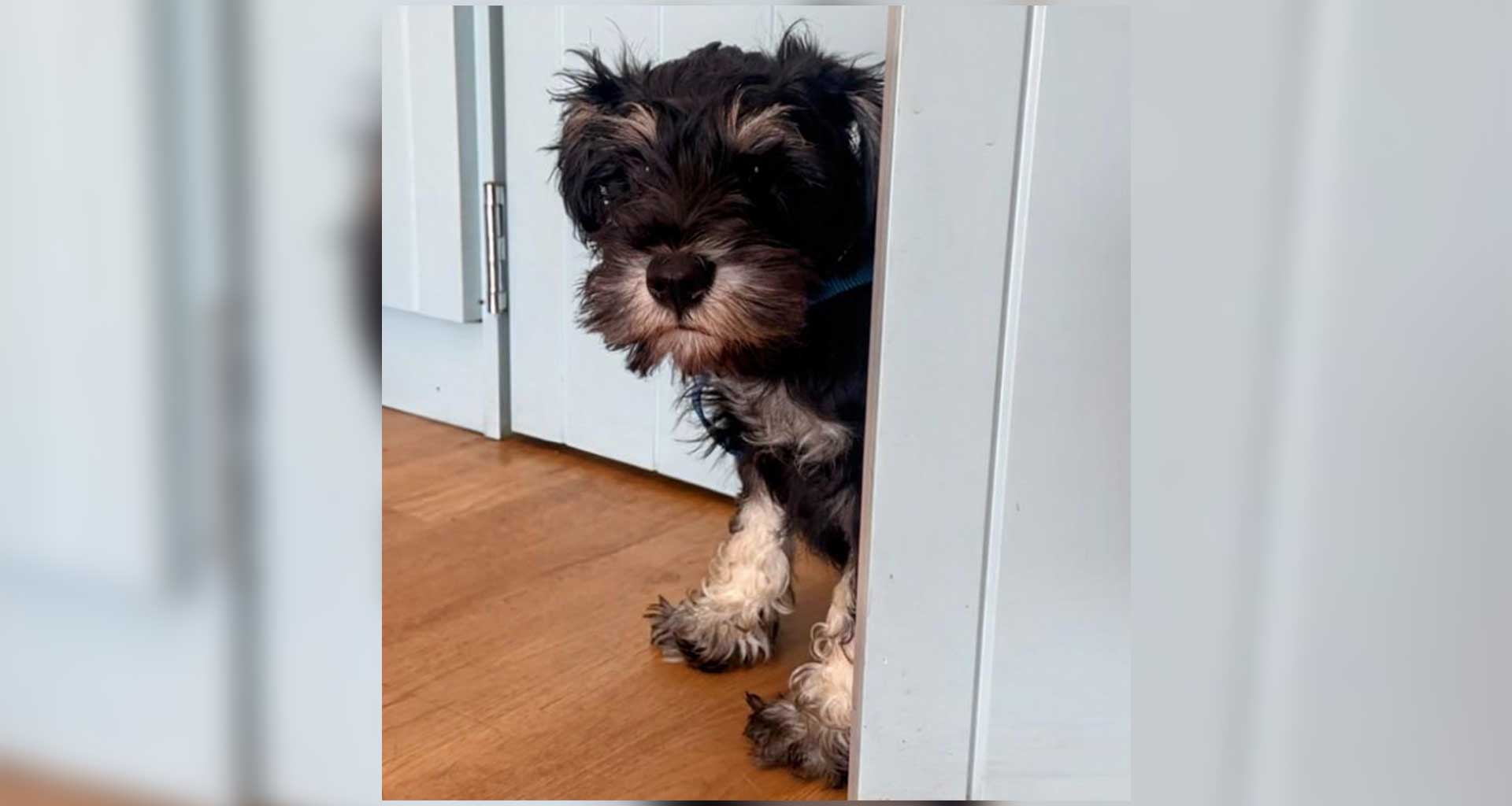Let’s talk about a stinky subject that plagues doggy loving households everywhere; pet flatulence. We have all experienced that moment of shock during a snuggle with our furry family member, when suddenly a less than unpleasant smell engulfs the room. Those puppy dog eyes can only do so much when you are met with a smell that makes everyone hurry away to safety. Unfortunately, just like humans, you will never be able to ‘cure’ this blight! It is normal for our pets to let off some gas here and there. However, when it becomes a regular occurrence there could be an underlying health issue affecting your pet.
Flatulence is a result of excess gas accumulated in the gastrointestinal tract. This gas may result from swallowing air when eating, as a by product from digestion, or may be produced by bacteria in the gastrointestinal tract. Most of the gas is odourless, that which contains Hydrogen sulphide is a little more objectionable!
causes of flatulence in dogs
Flatulence problems can be a result of changes to your dog’s diet and lifestyle. If your pet’s flatulence has become excessive, consider whether your dog has been eating something new. Fermentation normally occurs in the colon forming gas. Foods that can commonly cause an increase in flatulence includes high fibre products such as peas, soybeans or beans and psyllium or oat bran. Dietary fibre in pet food is not readily digestible by the pet’s own enzyme systems but is readily digested by the gas-producing bacteria of the colon. As the fibres are broken down, gases are produced.
Did you know that both dogs and cats are lactose intolerant? Flatulence is often caused by a pet having dairy products. Giving your pet a diet that is high in lactose or milk based, such as cheese treats, can result in an increase in their gas production. Sudden dietary changes can result in the same effect.
If you are feeding your dog a premium diet and they are still releasing an excessive amount of flatulence, it may be because of malassimilation. This condition occurs in a pet that has poor digestion or absorption of nutrients. It is best to talk to your vet about this, as they can give you advise on to how to diagnose this condition.
Dogs that swallow air and eat rapidly can also experience an increase flatulence. That build-up of air has to come out somewhere. This is referred to as aerophagia, that basically means ‘increased swallowing of air.’ Compulsive or nervous eaters can have this condition, as well as brachycephalic dogs, dogs that have respiratory disease or those that have been fed immediately after exercise. It is important to note that overweight or inactive pets usually develop chronic flatulence.
Signs of flatulence
To determine whether your pet is experiencing an excessive amount of flatulence, you can look out for the following signs:
- Releasing gas from the anus, this can be with or without smell.
- Abdominal discomfort.
- Stomach distention or bloating.
- Gaseous sounds or rumbling from the abdomen.
- Diarrhoea.
- Weight loss.
An increase in flatulence can be a sign that your furry friend has developed a disease. These can include:
- Inflammatory Bowel Disease (IBD) or Irritable Bowel Syndrome (IBS).
- Tumours.
- Enteritis.
- Small intestinal bacterial overgrowth.
- Intestinal parasites.
Diagnosis and treatment
The best way to diagnose if there are any serious health issues developing in your pet, is to see your veterinarian immediately. Your vet will look at their medical history, hear about the changes you have noticed in your pet and can start conducting some tests. You deserve longer snuggle times with your furry family member without any smelly surprises!





